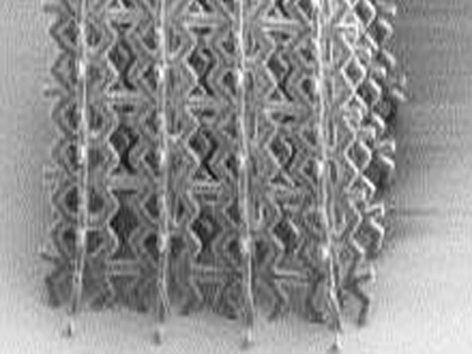Scale approaches are often used in the miniaturization of components, i.e. one assumes that the physics that exist in large systems also hold true on a small scale. However, if the dimensions of a component or a material’s structural unit exceed a certain intrinsic size (for example, the de-Broglie wavelength of conduction electrons), the material can exhibit completely new properties. The hopes frequently placed in nanotechnology are reliant on the possibility of controlling these properties through the size of the system. Theoretical predictions are particularly valuable here, as they help to limit to a minimum the expensive trial and error loop. The applications range from the amplification of light metals with carbon nanotubes to the design of nanocatalysts to electronic transport in nanosystems.
 Fraunhofer Institute for Mechanics of Materials IWM
Fraunhofer Institute for Mechanics of Materials IWM